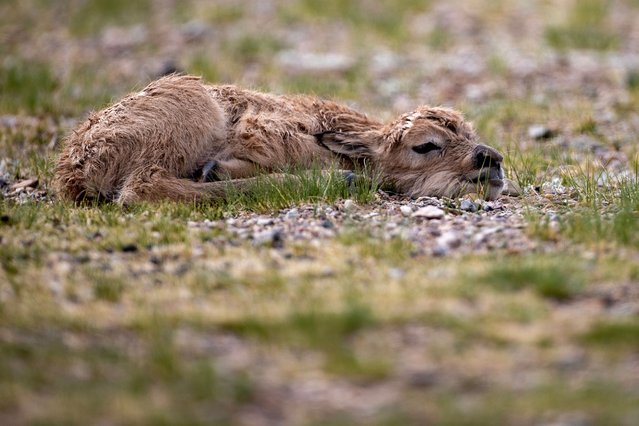
A Tibetan antelope newborn is pictured in Qiangtang National Nature Reserve in southwest China's Xizang Autonomous Region, June 17, 2024. Tibetan antelopes, a native species in China's Qinghai-Tibet Plateau under first-class state protection, have recently embarked their birth-giving season. Their total population has exeeded 300,000, over 200,000 of which are living in Qiangtang National Nature Reserve. (Photo by Xinhua News Agency/Rex Features/Shutterstock)
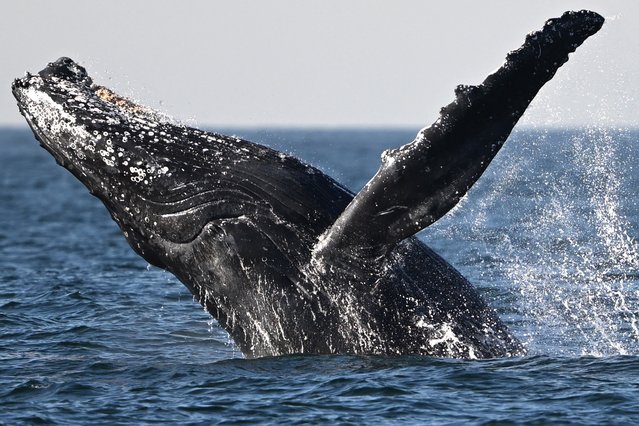
A humpback whale (Megaptera novaeangliae) jumps at the coast of Niteroi, Rio de Janeiro state, Brazil on June 20, 2024. (Photo by Mauro Pimentel/AFP Photo)
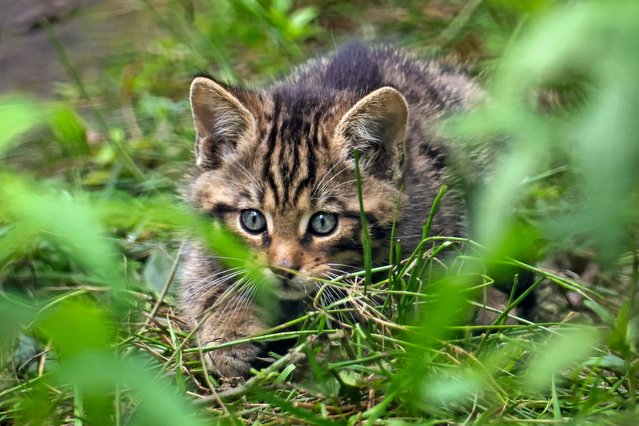
Undated handout photo issued by Wildwood Trust of one of the recently born wildcat kittens at Wildwood Trust's Herne Bay park on Tuesday, June 18, 2024. The litter were born around nine weeks ago in a dedicated off-show breeding enclosure, to parents Talla and Blair, and their birth kittens has sparked fresh hopes for the survival of Britain's rarest mammal species. (Photo by Dave Butcher/Wildwood Trust/PA Wire)
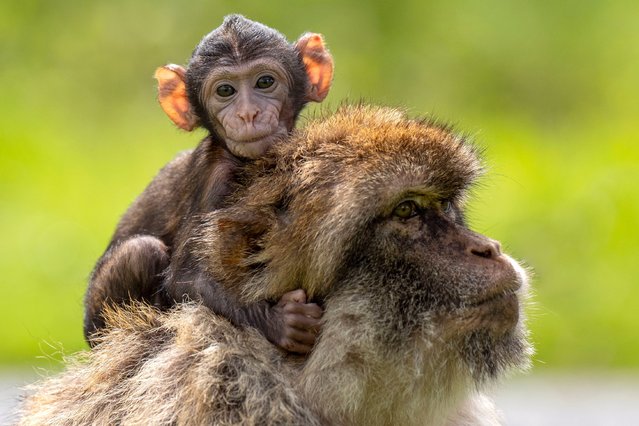
Hayley, a baby macaque who was born on May 13 at Blair Drummond Safari and Adventure Park, near Stirling, UK with her mother Orcus on Tuesday, June 18, 2024. (Photo by Jane Barlow/PA Images via Getty Images)
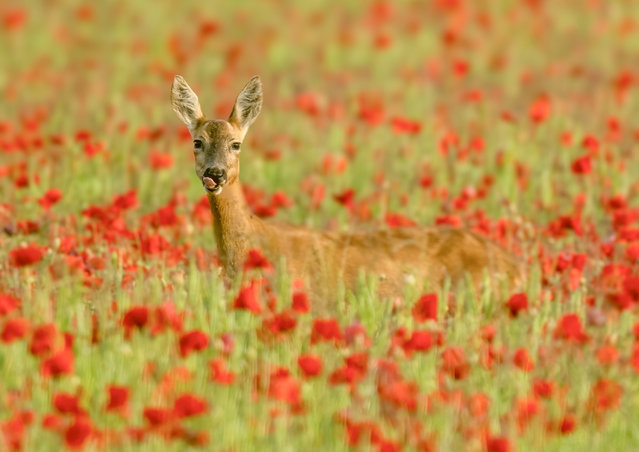
A female roe deer relishes her surroundings in a field near Chesham, Buckinghamshire, England in the second decade of June 2024. (Photo by Martin West/Solent News)
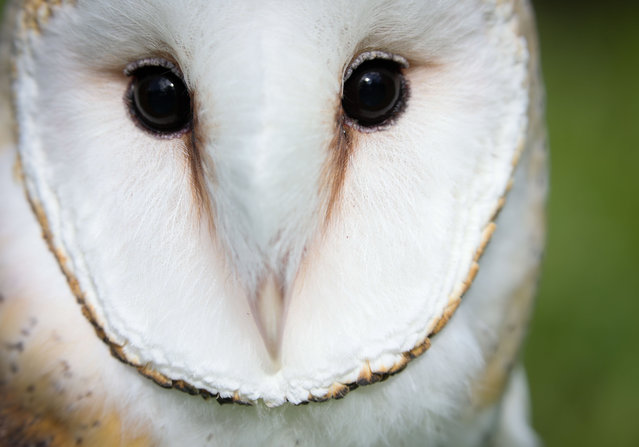
A barn owl, at Moccasin Lake Nature Park on Tuesday, June 18, 2024, in Clearwater, Florida. (Photo by Douglas R. Clifford/Tampa Bay Times/ZUMA Press Wire/Rex Features/Shutterstock)
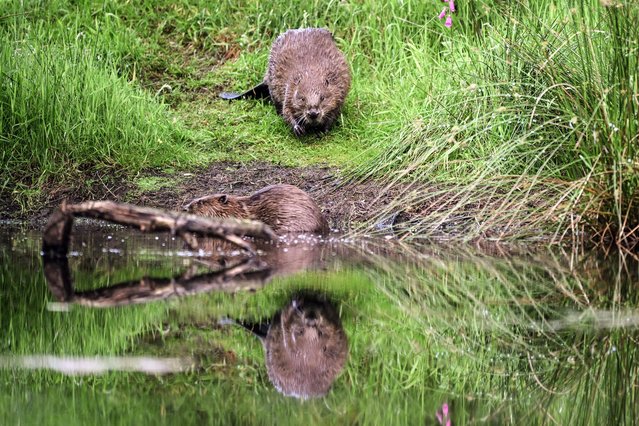
Two beavers walk by the bank of pond near Doune, Perthshire, Scotland, on June 16, 2024. Beavers, which had disappeared from Scotland for around 400 years due to hunting, were reintroduced in the wild in 2009. Ten years later, to the dismay of farmers and landowners, the herbiverous rodents were designated a protected species. (Photo by Andy Buchanan/AFP Photo)
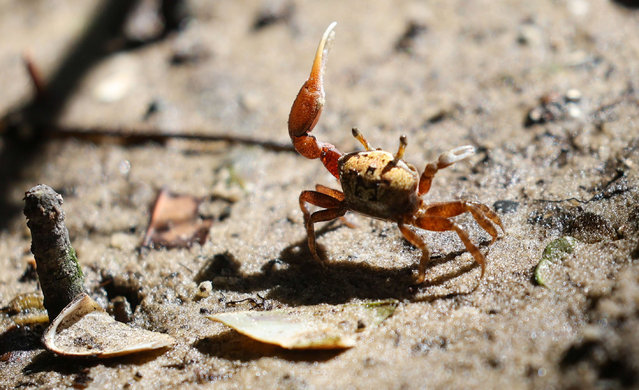
A fiddler crab jockeys for territory near a stand of mangroves on Stevenson Creek on Wednesday, June 12, 2024, where area environmentalists are pushing back on plans for a proposed dock on the creek due to environmental concerns about the manatees, oysters, and grass beds there if more boats are introduced to the area. (Photo by Douglas R. Clifford/Tampa Bay Times/ZUMA Press Wire/Rex Features/Shutterstock)
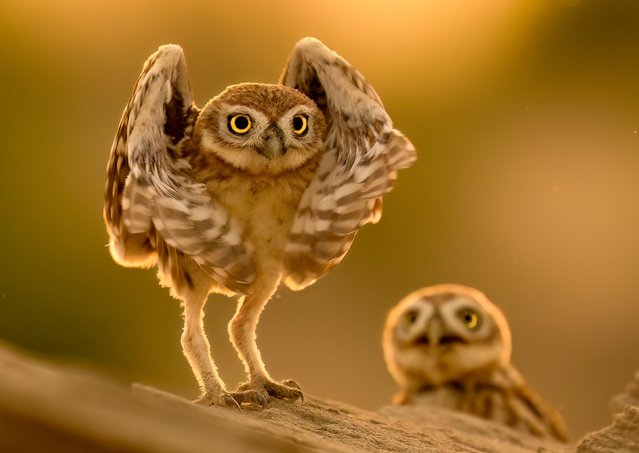
Little owl chicks stretch their wings as they emerge from their burrow at the Al Marmoom desert conservation reserve in Dubai, UAE in June 2024. (Photo by Anoop Raghavan Manikkoth/Solent News & Photo Agency)
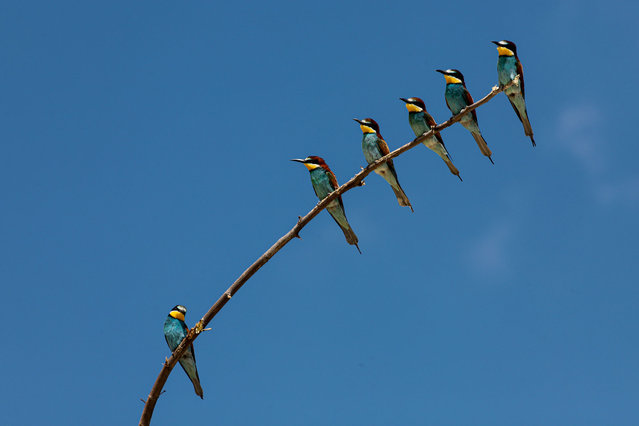
The bee-eaters are seen perched side by side on a branch in Beysehir district of Konya, Turkiye on May 31, 2024. 'Bee-eaters' (Merops apiaster) are distinguished by their sharp beaks along with their colorful feathers. These birds are living near wetlands to find food more easily; their primary food source is insects, especially bees, these birds are distributed across a wide range from Europe to Africa and can be seen in every region of Turkiye. (Photo by Seyit Konyali/Anadolu via Getty Images)
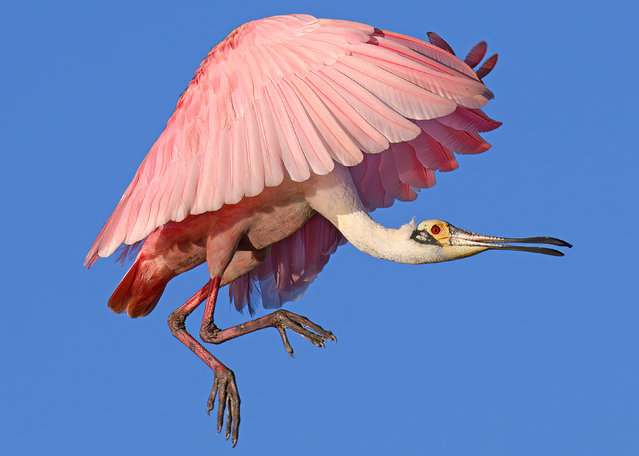
A spoonbill appears to creep across the sky as it comes in to land on a nearby branch in the Orlando Wetlands, Florida in the second decade of June 2024. (Photo by Deborah Sandidge/Solent News)
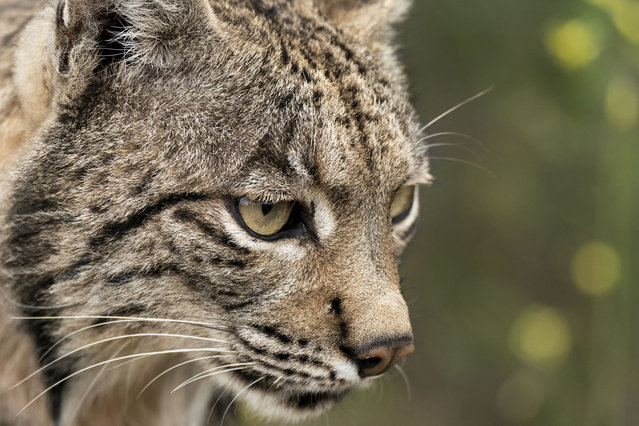
The Iberian lynx is leaving the danger of extinction behind in Sierra de Andujar Natural Park, Andalusia, Spain, on June 20, 2024. The International Union for Conservation of Nature is lowering the level of threat to vulnerable after verifying that the feline has gone from 94 individuals in 2001 to 2,000 today. (Photo by Tomas Calle/NurPhoto via Getty Images)
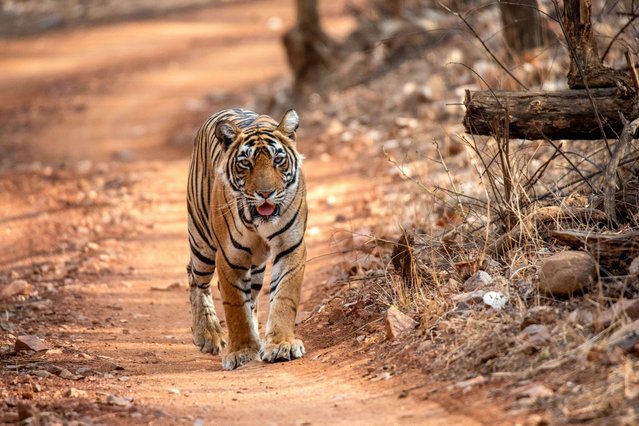
In this photograph taken on June 3, 2024, a tigress walks at Ranthambore National Park in Sawai Madhopur district of India's Rajasthan state. (Photo by Jalees Andrabi/AFP Photo)
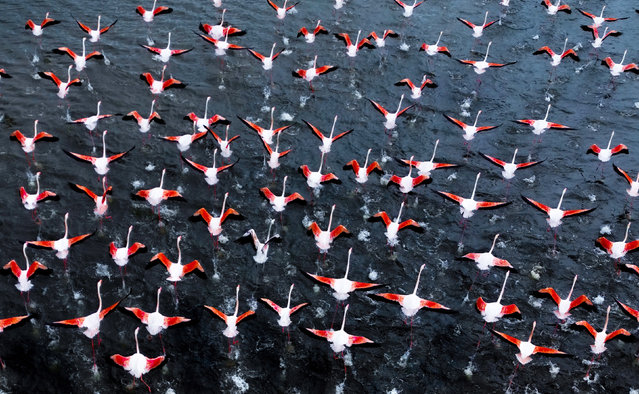
Flamingos dance across the surface of a lake in Bitlis, Turkey in the second decade of June 2024. Fatih Yilmaz, a local teacher, said: “Flamingos are the free wings of Anatolia. Every year they travel thousands of kilometres and cross continents to reach these lands, where they find food and give birth to their young”. (Photo by Fathih Yilmaz/Solent News)
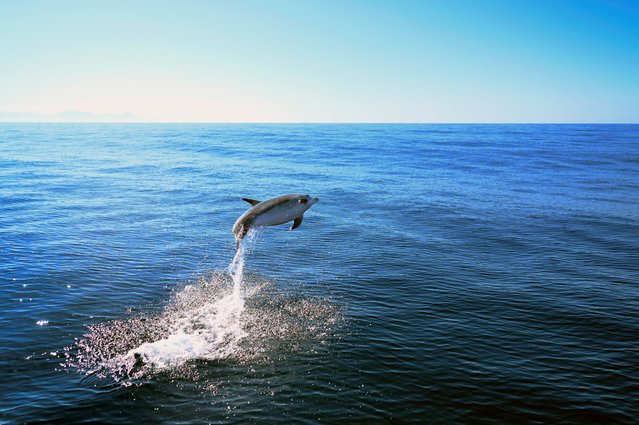
A dolphin (Tursiops truncatus) jumps at the coast of Niteroi, Rio de Janeiro state, Brazil on June 20, 2024. (Photo by Mauro Pimentel/AFP Photo)
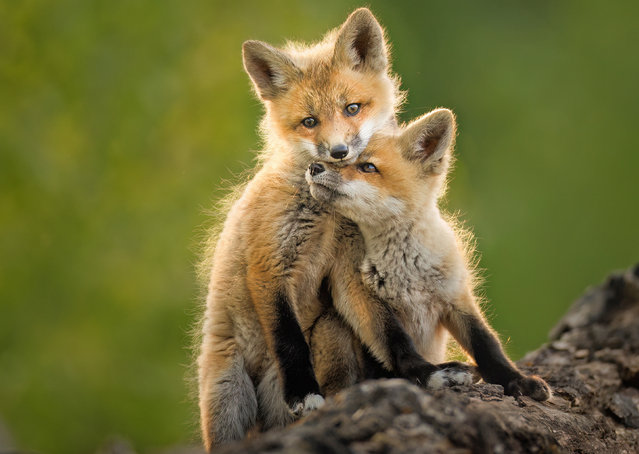
Two fox cubs play together in Lac La Biche, Alberta, western Canada in the second decade of June 2024. (Photo by Donna Feledichuk/Solent News)
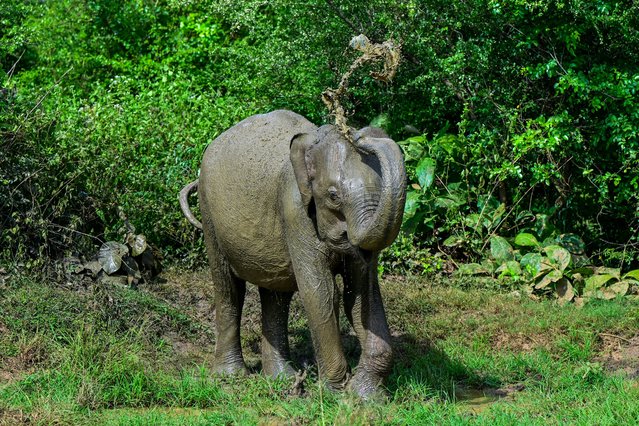
A Sri Lankan elephant roams in Udawalawe National Park in Udawalawe on June 15, 2024. (Photo by Ishara S.Kodikara/AFP Photo)
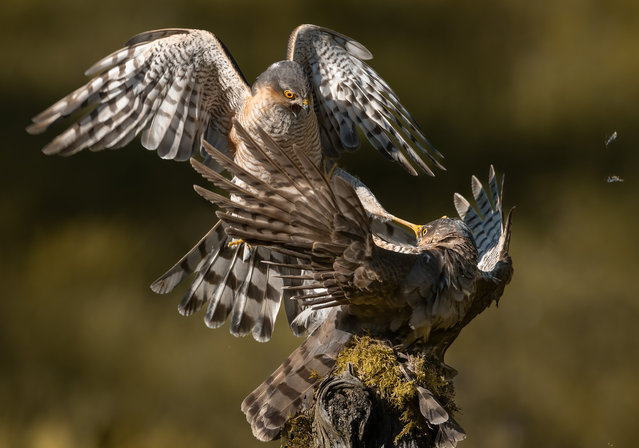
A male sparrowhawk protects a nest and his mate from a rival female who had entered their territory in Dumfries and Galloway, Scotland in the second decade of June 2024. Sparrowhawks have a wingspan of up to 70cm, with the females being 25 per cent larger. (Photo by Gary Jones/Magnus News)
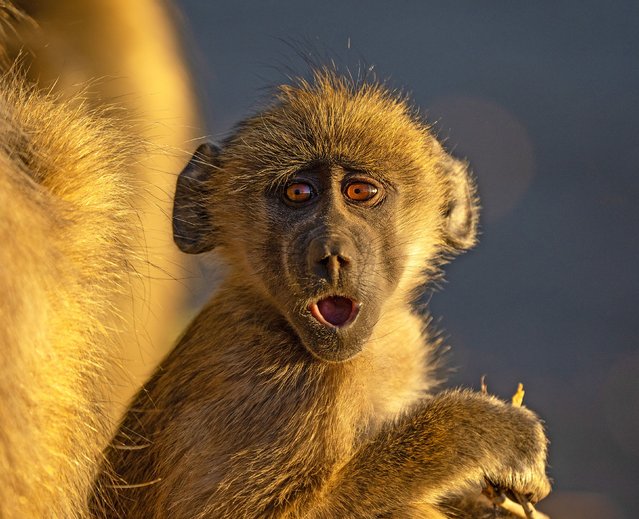
A baby baboon is captured mid-yawn in the Chobe National Park, Botswana in the second decade of June 2024. (Photo by Nick Dale/Solent News)
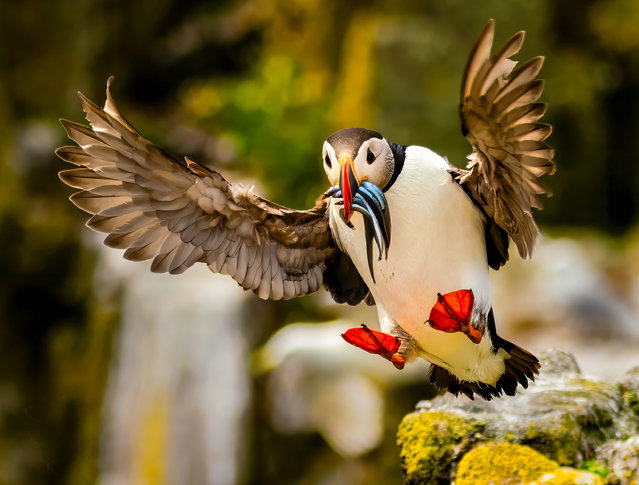
Standalone picture dated June 13, 2024 shows puffins on the Isle of May off the coast of Scotland. The puffins look like they have bitten off more than they can chew, with huge mouthfuls of fish in their mouths. They have stuffed sand eels in their beaks to feed their chicks. Puffin chicks are fed by their parents until they are ready to fly. (Photo by Rob McCombe/Bav Media)
07 Jul 2024 03:19:00,
post received
0 comments
